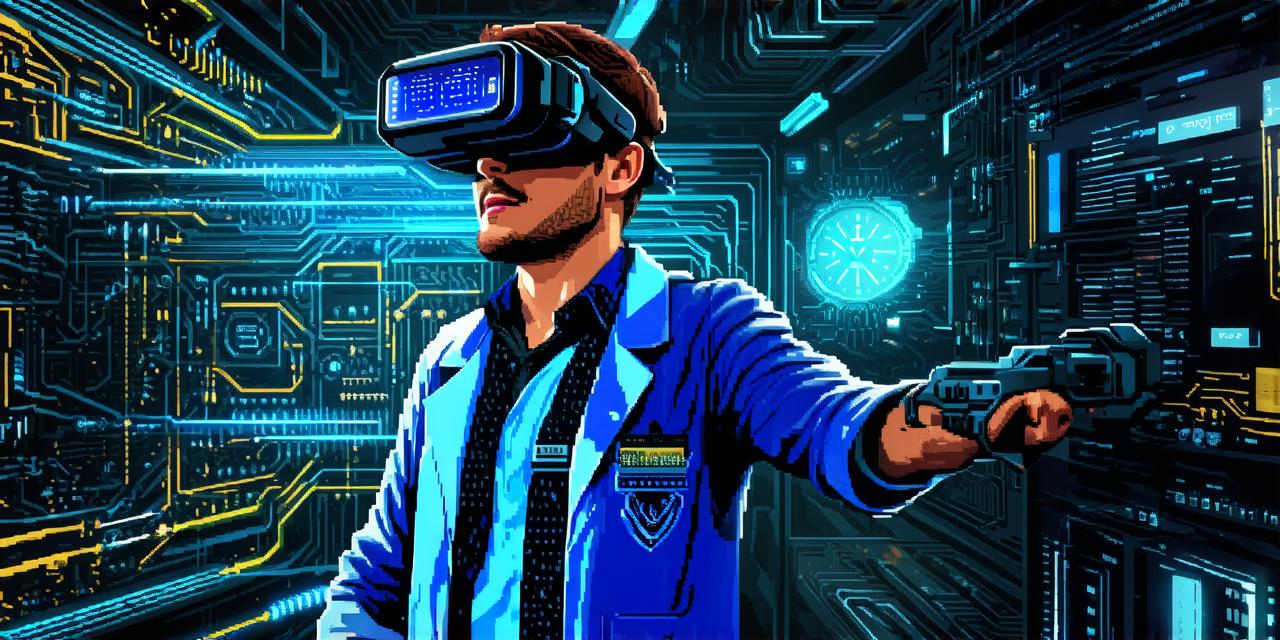
When did virtual reality begin?
Virtual reality (VR) refers to a computer-generated simulation of a 3D environment that can be experienced through a head-mounted display (HMD). VR technology has been evolving for several decades, and its beginnings can be traced back to the early days of computing.
Table of Contents
ToggleEarly experiments in virtual reality
The concept of virtual reality dates back to the 1960s when researchers at MIT first developed a device called the Sword of Damocles. This device consisted of a large display suspended above the user’s head, which showed a 3D image of an object or environment. The user could look around by tilting their head, creating a basic form of immersion.
In the 1970s, researchers at Stanford University developed the first VR headset, called the Sword of Damocles II. This device used two screens to create a stereoscopic image, providing a more realistic sense of depth and perspective. However, the bulky nature of the HMD made it difficult for users to move around or interact with their virtual environment.
Development of modern VR technology
The 1980s saw significant advancements in VR technology, with the development of computer graphics and powerful processors. In 1983, researchers at Silicon Graphics created the first VR system, called the Dome. This system used a large dome-shaped screen to project a 360-degree image, providing a fully immersive experience.
In the following years, several companies emerged as leaders in VR technology, including Sega and Nintendo. However, it wasn’t until the 1990s that VR began to gain widespread attention and acceptance.
The first consumer VR system

In 1992, Sega released the Virtual Reality System III, which marked the first time a VR system was available for home use. The system consisted of a headset, gloves equipped with sensors, and a computer with specialized graphics hardware. Users could interact with their virtual environment by moving their hands and looking around with the HMD.
While the Virtual Reality System III was not a commercial success, it paved the way for future consumer VR systems. In 1996, Nintendo released the Virtual Boy, which used stereoscopic displays to create a more realistic sense of depth and perspective. However, the system’s limited range of motion and lack of content made it difficult to gain traction in the market.
The modern era of VR
The 2010s saw the release of several successful consumer VR systems, including the Oculus Rift, HTC Vive, and PlayStation VR. These systems used advanced tracking technology and high-resolution displays to create highly immersive experiences. They also provided users with a wide range of content, from games to educational applications.
The success of these systems has led to significant investments in VR research and development, with new technologies and applications emerging every year. Today, virtual reality is used in a variety of fields, including gaming, education, healthcare, and more.
Conclusion
Virtual reality has come a long way since its early days, with advancements in technology making it possible for users to experience highly immersive environments. From the first experiments in virtual reality to today’s modern consumer systems, VR technology has evolved significantly over the years. As research and development continue, we can expect to see even more exciting developments in the world of virtual reality in the future.

